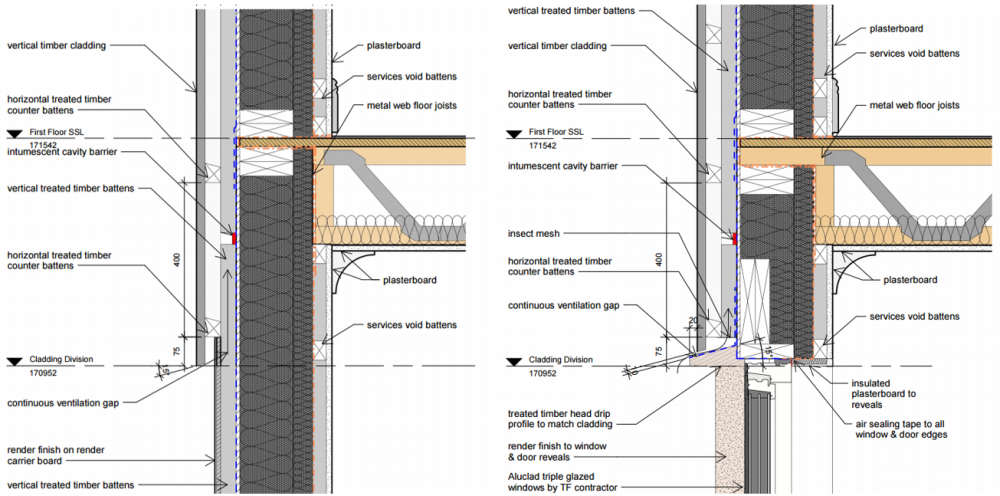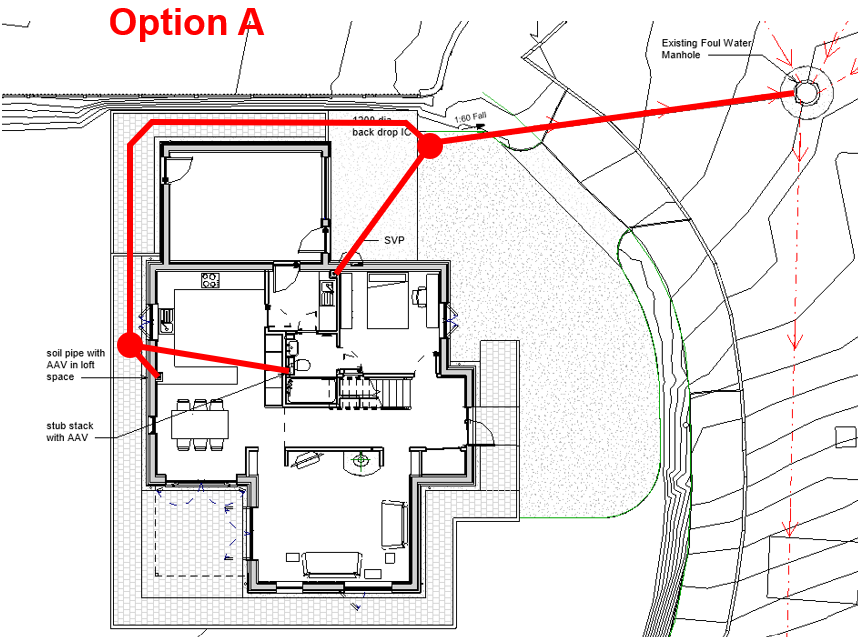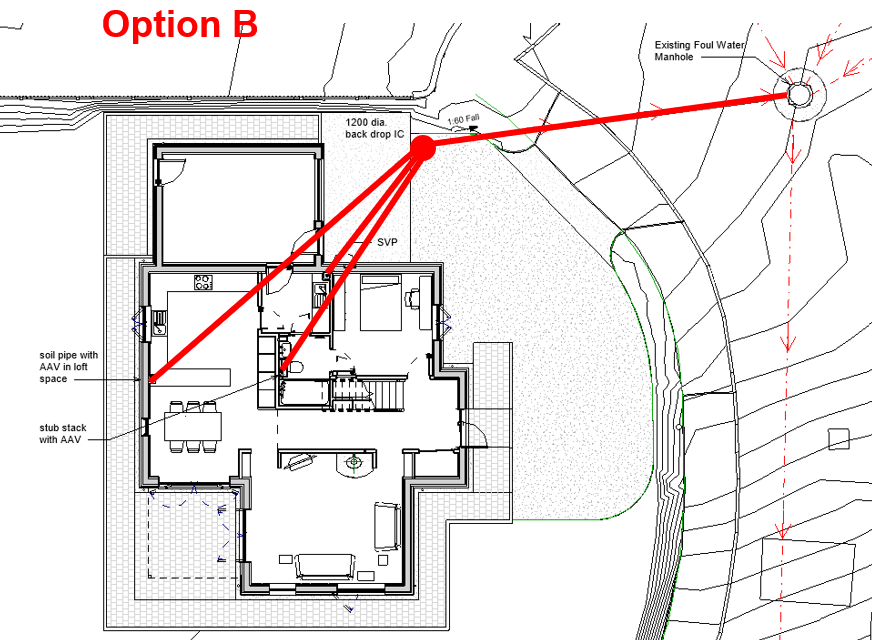
Stratman
Members-
Posts
39 -
Joined
-
Last visited
Personal Information
-
Location
Pembrokeshire
Recent Profile Visitors
The recent visitors block is disabled and is not being shown to other users.
Stratman's Achievements

Member (3/5)
23
Reputation
-
Week 28 - Floor tiling, bathrooms, cladding, MVHR, electrics…
Stratman commented on Benpointer's blog entry in Contemporary build in north Dorset
These are the details I'm playing with to get the weep/ventilation gap and finish the window head without rendering. Any thoughts and opinions would be welcome.- 22 comments
-
- floor tiling
- cladding
-
(and 2 more)
Tagged with:
-
Week 28 - Floor tiling, bathrooms, cladding, MVHR, electrics…
Stratman commented on Benpointer's blog entry in Contemporary build in north Dorset
It's not visible in the photos - did you render the window head reveals? On ours I'm concerned it would be too awkwardto render.- 22 comments
-
- floor tiling
- cladding
-
(and 2 more)
Tagged with:
-
Week 28 - Floor tiling, bathrooms, cladding, MVHR, electrics…
Stratman commented on Benpointer's blog entry in Contemporary build in north Dorset
I do like the look of the Brimstone Ash (from Vastern Timber?). I tried several samples including it as well as Western Red Cedar and British Larch, one set indoors and the other outside to weather. The Brimstone faded to silver grey really quickly. It also proved a good demonstration of why you don't use galvanised fixings which was all I had to hand... black staining within a week! Are you leaving the bottom edge over the windows as in the photo? I am thinking of adding a drip edge piece in timber or aluminium profile. Would you mind sharing the detail?- 22 comments
-
- floor tiling
- cladding
-
(and 2 more)
Tagged with:
-
So, we decided to go with MBC for frame, insulated raft and Rationel windows. They have been so helpful after Scotframe pulled out and I now feel it was meant to be. We completed on our plot purchase yesterday after 3 years of solicitors buggering about so celebrating tonight! Hopefully breaking ground in February.
-
Try these guys: https://www.watersideblinds.co.uk/ We had our whole house done a few years ago and it didnt break the bank.
-
How does the Sprinkler Law work in Wales?
Stratman replied to Ferdinand's topic in General Self Build & DIY Discussion
I believe it's only required for new properties o where they are being converted into dwellings. This guide is useful: https://developers.dwrcymru.com/en/help-advice/domestic-fire-sprinklers -
Just to update you... After having appointed Scotframe to start their structural scheme and SAP assessment a few weeks ago, I've now been informed that they are restructuring and closing thier factory. Which means that they are no longer offering their closed panel Vaultherm+ system or additional elements like windows, stairs, etc. which was the whole point of chosing them. I do hope that one of the other suppliers I got quotes from (and were very patient with me) will still be willing to deal with me.
-
Thanks - 2 to 1 it is!
-
Thanks for the replies. So far we have one vote for option A (with extra chamber) and one vote for option B. Silly question perhaps, but one I can't find the answer to elsewhere: which stack is 'at the end of the run'? The one furthest from the connection into the sewer or the one that's closest to it? I have all the approved documents downloaded but I find Part H difficult to interpret in some places.
-
@Nickfromwales As a follow on question: do I have to have one of the stacks vented to outside or can they all have AAVs? If possible I would prefer to avoid another penetration of the thermal envelope. I find the wording of the building regs a bit confusing.
-
This chap's Danwood experience is an interesting view. We visited their show home near Bicester; it looks like good option for an easy turnkey project but it felt a bit too factory-made to us. https://m.youtube.com/@myselfbuildjourney1219
-
External camera to record the progress of the build
Stratman replied to Indy's topic in Networks, AV, Security & Automation
I've used Reolink in our porch. Has solar panel and can be used with WiFi or SD card. https://www.argos.co.uk/product/7623466?istCompanyId=a74d8886-5df9-4baa-b776-166b3bf9111c&istFeedId=ec80e37c-7084-4de4-acaa-75978d50b2af&istItemId=qlxwiiqai&istBid=t&&cmpid=BPLA01&utm_custom1=1199567739882649&utm_custom2=F1126HQA&msclkid=b2e4c230beb710811cb9aa9500551ad1&gclsrc=3p.ds&gad_source=7 -
I would appreciate a bit of advice on drainage. I will have 3 stacks: 1 from first floor ensuite and down to pick up kitchen, 1 from downstair ensuite, and 1 from first floor bathroom and down to pick up utlity. Is it better to have as short a route as possible to outside the slab, then route them around the house to connect into the sewer, or shorter route 'as the crow flies' direct to a sewer? Both options via an inspection chamber to final connection to sewer. Option A or Option B? ...or something else completely?
-
Would you mind elaborating? I wouldn't want to make the same mistake.







